Fermented Milk Products (K)
Milk is an excellent food source for humans and bacteria alike. At room temperature, milk undergoes natural souring caused by lactic acid produced from fermentation of lactose by fermentative lactic acid bacteria. This accumulation of acid (H+ ions) decreases the pH of the milk and cause the casein to coagulate and curdle into curds and whey. Fermentation of milk dates back thousands of years to locations all over the world. This process was used as a means of preserving a highly perishable product and to produce new flavors for an old food staple. The microbes important for dairy product manufacturing can be divided into two groups, primary and secondary microflora. The various combinations of microflora determine what milk product you will end up with. This new book reviews the process of milk fermentation which is done in order to preserve the product and create new flavors.
{{comment.content}}
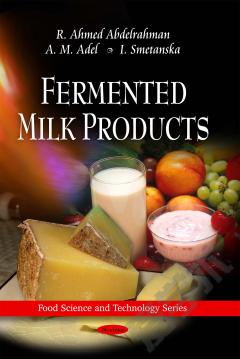
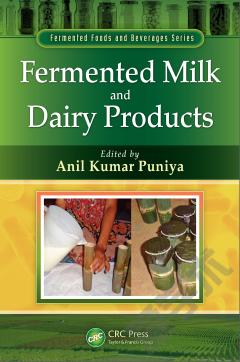
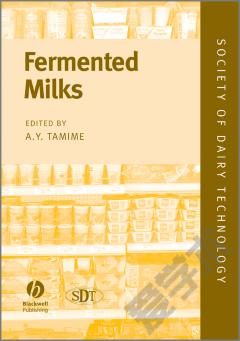
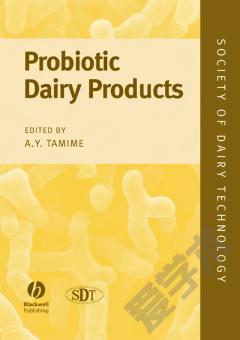
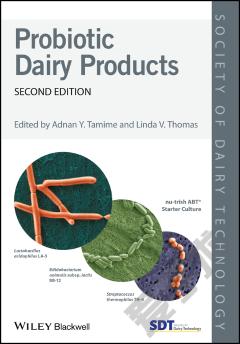
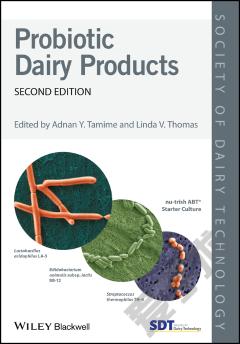


 京公网安备 11010802027623号
京公网安备 11010802027623号